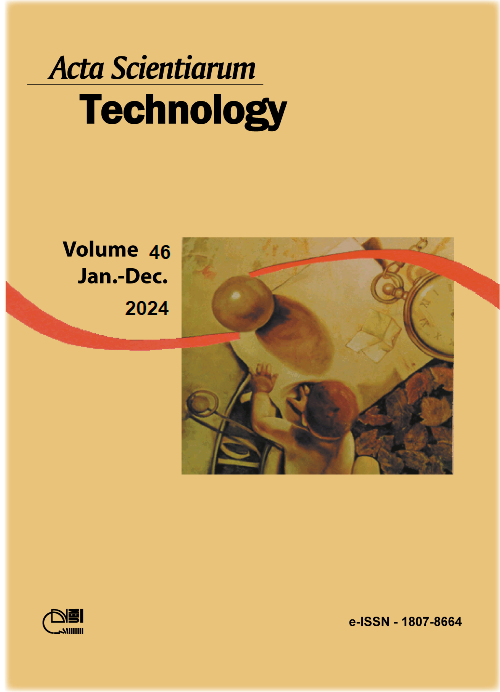An integrated exploration of heat kernel invariant feature and manifolding technique for 3D object recognition system
DOI:
https://doi.org/10.4025/actascitechnol.v46i1.62608Keywords:
Graph clustering; laplacian matrix; delaunay triangulation; graph heat kernel; manifolding techniques; structural pattern recognition.Abstract
Spectral Graph theory has been utilized frequently in the field of Computer Vision and Pattern Recognition to address challenges in the field of Image Segmentation and Image Classification. In the proposed method, for classification techniques, the associated graph's Eigen values and Eigen vectors of the adjacency matrix or Laplacian matrix created from the images are employed. The Laplacian spectrum and a graph's heat kernel are inextricably linked. Exponentiating the Laplacian eigensystem over time yields the heat kernel, which is the solution to the heat equations. In the proposed technique K-Nearest neighborhood and Delaunay triangulation techniques are used to generate a graph from the 3D model. The graph is then represented into Normalized Laplacian (NL) and Laplacian matrix (L). From each Normalized Laplacian and Laplacian matrix, the feature vectors like Heat Content Invariant and Laplacian Eigen values are extracted. Then, using all of the available clustering algorithms on datasets, the optimum feature vector for clustering is determined. For clustering various manifolding techniques are employed. In the suggested method, the graph heat kernel is constructed using industry-standard objects which are taken from the Engineering bench mark Data set.
Downloads
Downloads
Published
How to Cite
Issue
Section
License
DECLARATION OF ORIGINALITY AND COPYRIGHTS
I Declare that current article is original and has not been submitted for publication, in part or in whole, to any other national or international journal.
The copyrights belong exclusively to the authors. Published content is licensed under Creative Commons Attribution 4.0 (CC BY 4.0) guidelines, which allows sharing (copy and distribution of the material in any medium or format) and adaptation (remix, transform, and build upon the material) for any purpose, even commercially, under the terms of attribution.
Read this link for further information on how to use CC BY 4.0 properly.











8.png)




